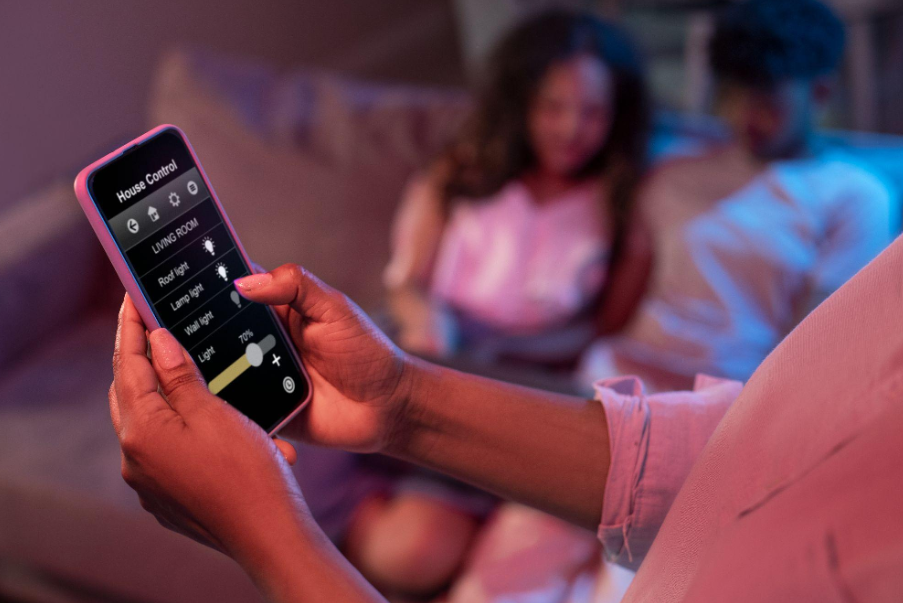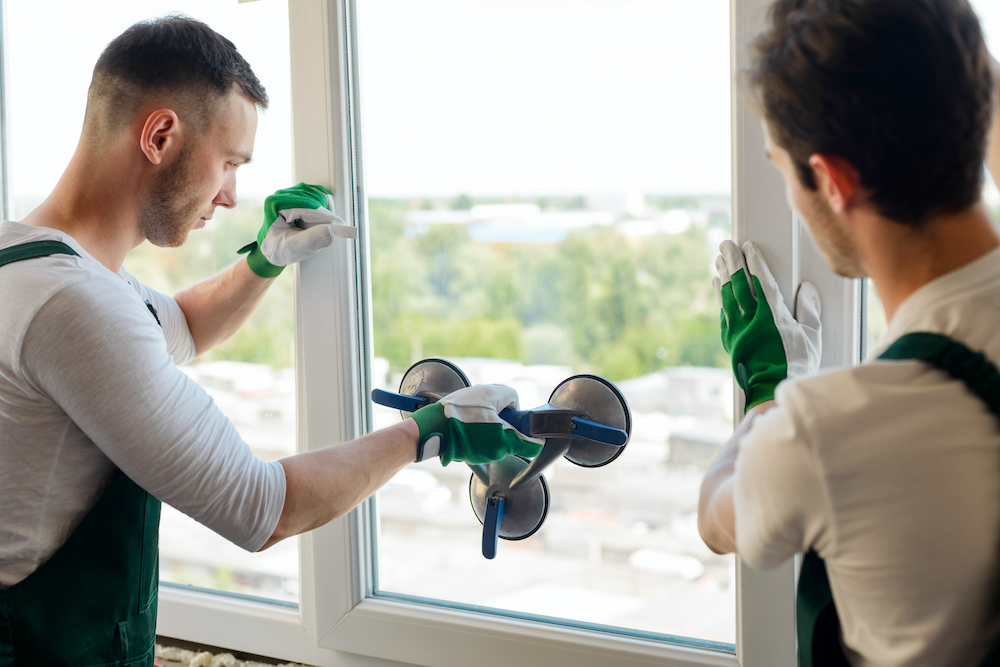Renovating a home is exciting; at the same time, it may feel overwhelming. With different paint colors and new floors, one might forget something fundamental: making the house smart. Introducing smart home technology during a renovation is truly the best way to future-proof your home and make life easier for you.
Why Renovate with Smart Home Tech in Mind?
Adding smart home features is much cheaper and easier when you’re already tearing down walls and rewiring rooms. Installing them later means more mess, cost, and sometimes impossible changes. Building a foundation is like this – you want to do it correctly.
Smart homes surely have moved beyond being just a collection of gadgets. They contribute to reducing energy costs, create a safer environment for your family, and simplify your daily routine. Besides, smart homes usually fetch a higher price in the market if you sell them.
Start with a Strong Internet
Before adding any smart devices, ensure your home has excellent internet coverage. It implies that you should have robust Wi-Fi in every room of your house, and not only in the room where your router is located.
While renovating, request your contractor to install Ethernet cables at essential places in your house. These cables ensure the internet connection is of the highest speed and reliability. Even if you use Wi-Fi most of the time, having Ethernet backup is smart.
Consider adding a mesh network system, too. These systems use multiple devices to spread strong Wi-Fi signals everywhere in your home, even to basements and far corners where signals usually weaken.
Smart Lighting That Makes Sense
Lighting is among the simplest and most rewarding upgrades you can do during remodeling. Smart lights let you change brightness and colors from your phone, set times, and suddenly change the mood of a room. While planning the lighting refurbishment, consider which types of smart lights would suit different needs. Overheads are great general lights for any room, while smart lamps and strip lighting set the atmosphere. Then, there are also smart switches that turn regular light bulbs into smart ones.
Energy is saved with smart lighting. Most smart bulbs are of the LED variety, meaning that they last longer and consume less energy in their operation than conventional bulbs. The bulbs may be programmed to shut off when no one occupies the room or to dim at specified hours.
If you’re renovating and need to find great lighting stores in Edmonton, take time to visit showrooms where you can see smart lighting options in person. Before making big renovation decisions, this helps you understand how different smart lights look and work.
Security That Protects Your Family
Home security gets much easier with smart technology. While renovating, you have the opportunity to not only wire everything properly but also hide cameras and sensors in places where they will work best, but at the same time will not be visible.
Smart doorbell cameras enable you to look at the person who has come to your door, even if you are away. In addition, motion sensors can switch on lights without your intervention, and at the same time, they can inform your mobile phone in case ofan abnormality. Smart locks mean you never have to worry about lost keys again.
The key is planning where to put these devices during renovation. You want security cameras to cover important areas like front doors, driveways, and backyards. Motion sensors work best in hallways and main rooms. Plan the wiring during renovation so everything looks clean and professional.
Climate Control That Saves Money
Smart thermostats have gained popularity for their ability to save on heating and cooling costs. They learn your routine and shift temperatures automatically, ensuring that you are not wasting energy on an unoccupied home.
Consider putting smart vents and sensors all over your home when fixing your place. These let you control the temperature in the room by room instead of heating or cooling your whole house the same way. Some rooms need more heating or cooling than others, and smart climate control handles this automatically.
If you’re adding new HVAC systems during renovation, look for smart-compatible options. Many new furnaces and air conditioners can connect to smart home systems immediately, making everything work smoothly.
Kitchen and Appliance Integration
The kitchen may be the prime focal point of all remodeling projects and the ideal space to test out innovative technology. Smart appliances can help simplify cooking and prevent disaster.
Smart fridges can track the food in your refrigerator and offer up recipes. Smart ovens allow you to resume cooking dinner from the office and ensure it will be ready when you arrive home. Dishwashers can run off-peak at night to reduce the energy cost to your monthly utility bill.
It is equally interesting to see how smart devices, even the smaller ones, can be advantageous. Smart plugs can run coffee makers, slow cookers, and other appliances remotely. Placing a smart smoke and CO detector in the kitchen is better protection than a traditional one because you will receive a phone alert instead of just noise.
Planning Your Smart Home Budget
Smart home technology can quickly get expensive if you try to do everything simultaneously. The smart approach is planning what matters most to your family and adding features over time.
Start with basics like smart lighting, a programmable thermostat, and security cameras for main entrances. These give you the most significant benefits for your money. You can always add more devices later since most smart home systems are designed to grow with your needs.
Many smart home devices also qualify for energy rebates from utility companies or government programs. Research these options during your renovation planning to offset some costs.
Making Everything Work Together
The smartest smart homes operate using devices that can communicate with each other. This will require that you choose products with the same smart home platform – Google Home, Amazon Alexa, or Apple HomeKit.
When devices collaborate, you can make “scenes,” which command multiple items to perform one action. While remodeling, think about central control panels or smart displays in convenient places such as the kitchen or main hallway. These give everyone in your family easy access to home controls without needing to find their phone.
Future-Proofing Your Investment
Technology changes fast, but some choices help your smart home stay current longer. Choose devices from established companies that regularly update their software. Look for products that use standard connections and protocols instead of proprietary systems that might not be supported in a few years.
Plan extra electrical outlets and Ethernet connections in more places than you think you need right now. Future smart devices might need power or internet connections in spots you haven’t thought of yet.
Consider conduits or pathways that make it easier to run new cables later. Even if you don’t need them now, having the ability to add new connections without tearing open walls again is valuable.
Getting Professional Help
Some smart home devices can be installed easily on your own. Nonetheless, renovations offer the opportunity to engage professionals for complex wiring and integration. Electricians with smart home technology experience will also ensure that your installations are safe and functional.
Ask any contractors about their experience with smart installations. Some contractors focused on this type of work likely know solutions end users have yet to consider. They may also help you avoid common mistakes that make smart home systems unreliable and difficult to use!
Conclusion
Adding smart home technology during renovation sets your home up for the future while making your daily life better today. Start with a strong internet infrastructure, focus on lighting and security basics, and plan for expansion over time.
The key is thinking ahead during renovation, as making changes is easier and less expensive. With good planning, your renovated home will be ready for whatever new smart home technologies come next while providing benefits and convenience for years.






